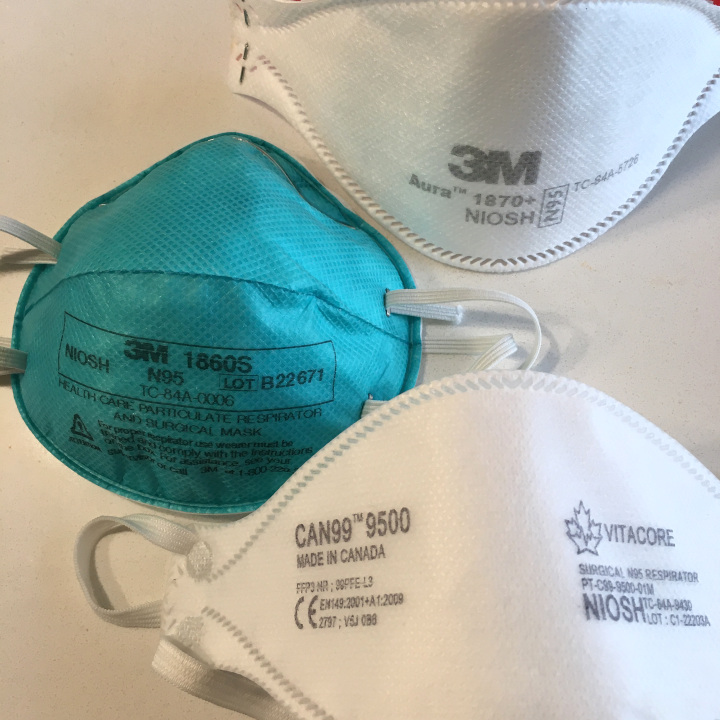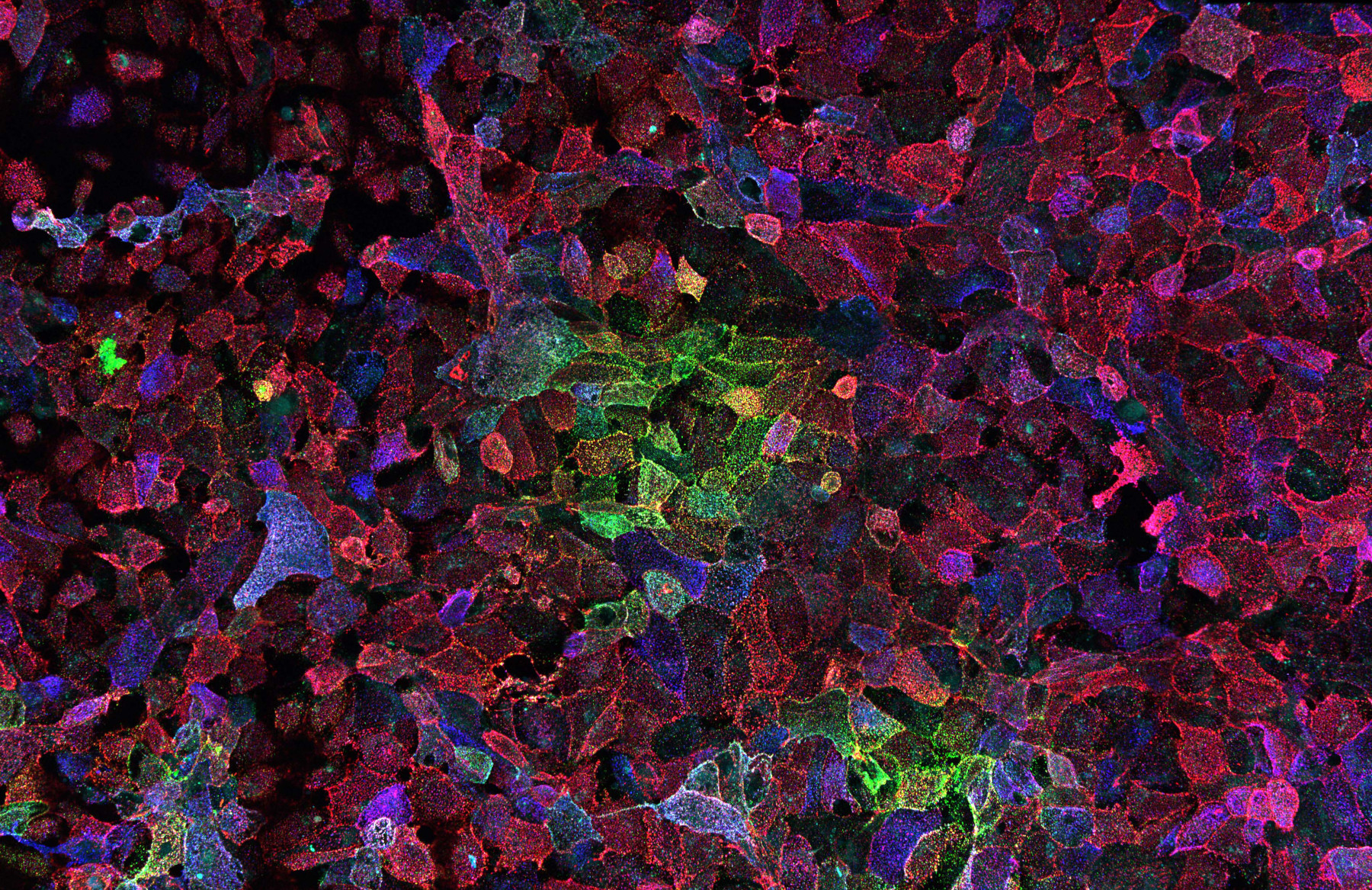A new study of 73 adults recovering from COVID-19 finds that those who lost their sense of smell showed behavioral, functional, and structural brain changes.
Researchers in Chile conducted cognitive screening, performance on a decision-making task, functional testing, and magnetic resonance imaging (MRI) results with 73 patients after mild to moderate COVID-19 infection and 27 COVID-naïve patients with infections from other pathogens. Two follow-up sessions were conducted 15 days apart.
Comments closed

